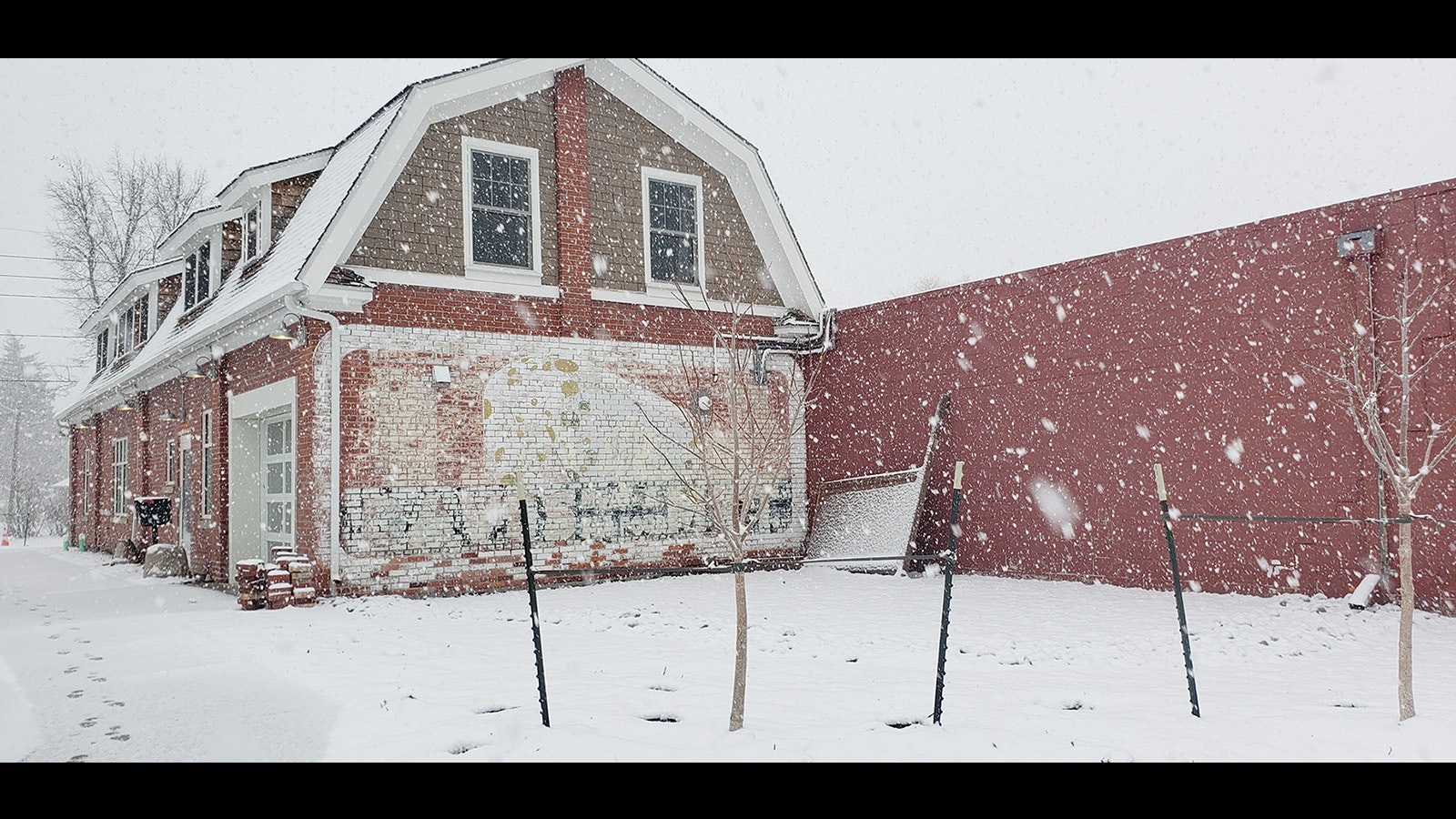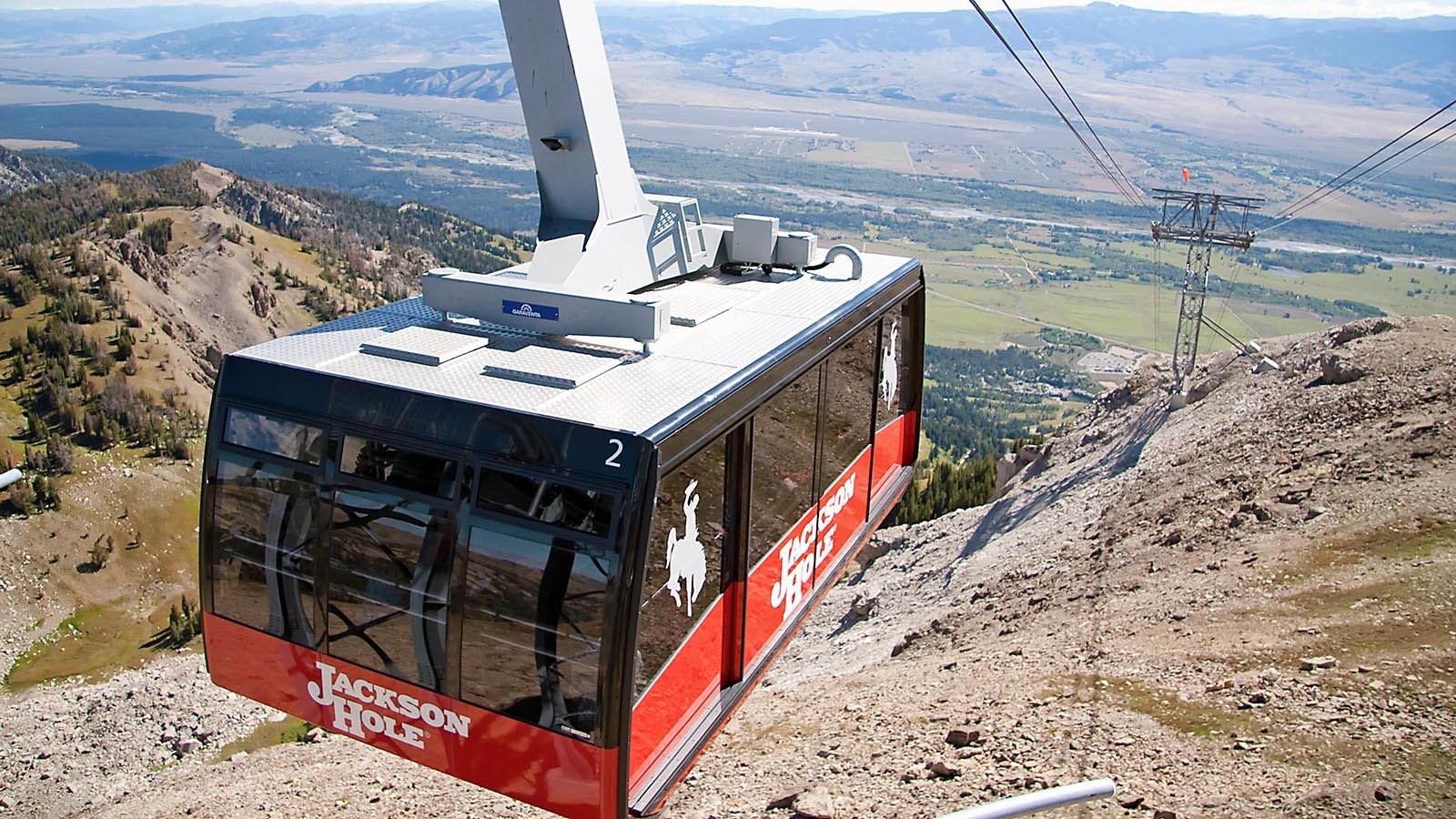Cowboy State Daily readers traveling through Cheyenne may have noticed that the office here has been doing a little bit of landscaping, sprucing things up.
In addition to a newly paved parking lot, there’s going to be a fenced-in outdoor area with some landscaping. Ahead of that, though, in January no less, the landscapers did something that seemed a little odd at the time.
They planted some trees.
Planting trees in January is “pretty late,” said Laramie County Conservation Department tree specialist Clark Young, who told Cowboy State Daily those trees may not survive.
“You generally want to get at least a good month of decent weather so that the roots start to grow,” Young said. “If you go put one out (in January) it’s just dormant and it’s not going to do anything.”
The trees might still survive, Young said, but it will depend greatly on how much water the roots get as they begin to awake in the spring.
“If you’re not right on the ball in the springtime with watering that, the tree’s probably not going to survive,” he said.


Girdling Could Be Also Be A Long-Term Issue
Typically when a tree is planted, Clark recommends loosening the roots up to ensure no girdling will happen.
Girdling is a frequent outcome for trees planted in containers, as the roots have already been forced to grow in a circular pattern, setting the tree up for long-term failure. As the roots grow larger over time, they’ll begin to become wrapped tightly around the base of the tree, which is growing in size as well.
Slowly, the two will meet up and the continued pressure will eventually cut off the tree’s circulation, preventing the movement of water and nutrients from the roots to the branches and, likewise, keeping food from the leaves moving to the roots.
“You want to get the roots disturbed,” Clark said. “So, you would cut the ends, get rid of all the girdling roots – you know, take everything out.”
That’s stressful for the tree initially, but ensures its longevity down the line. If this step is skipped and girdling happens, the tree will eventually begin to inexplicably decline in health after many years of growth, despite having plenty of water and fertilizer.
Eventually, such a tree will die an untimely and premature death — a waste of both the considerable growing time and money invested in the tree.
One way to tell if girdling is going to be an issue is to regularly inspect the base of the tree. If roots begin to girdle, that will show up at the characteristic flare where the tree trunk enters the ground. The trunk may begin to appear narrower and flattened, or sunken in, instead of having a healthy, normal flare.
Girdling roots can sometimes be safely removed if the root has not compressed the stem too much. A certified arborist can help determine whether and how the root may be safely removed.


Proper Planting Is Key
Trees should be planted in a hole that’s two to three times the size of the tree’s rootball, and no deeper than the rootball itself.
Planting trees in a hole that is too small is another cause of girdling, as is leaving the burlap or any part of the tree’s former container in the planting hole.
Mulch piled up against the trunk of the tree — a la volcano style — can lead to girdling roots as well. It’s akin to planting the tree too deeply. The roots will grow upward in search of water and oxygen, but that can in turn lead to them circling around the trunk.
Mulch should never be applied more deeply than 3 inches, and it should not directly touch the tree trunk.
If the soil the tree is being planted into is heavy clay, it’s not a bad idea to dig a slightly shallower hole than the rootball, by 3 or so inches. In any case, make sure no soil is ever above the root flare.
Water newly planted trees regularly, and avoid using fast-release fertilizers, which can burn the tree roots. Trees may be watered in winter, particularly spruce trees, as long as the ground is not frozen.







